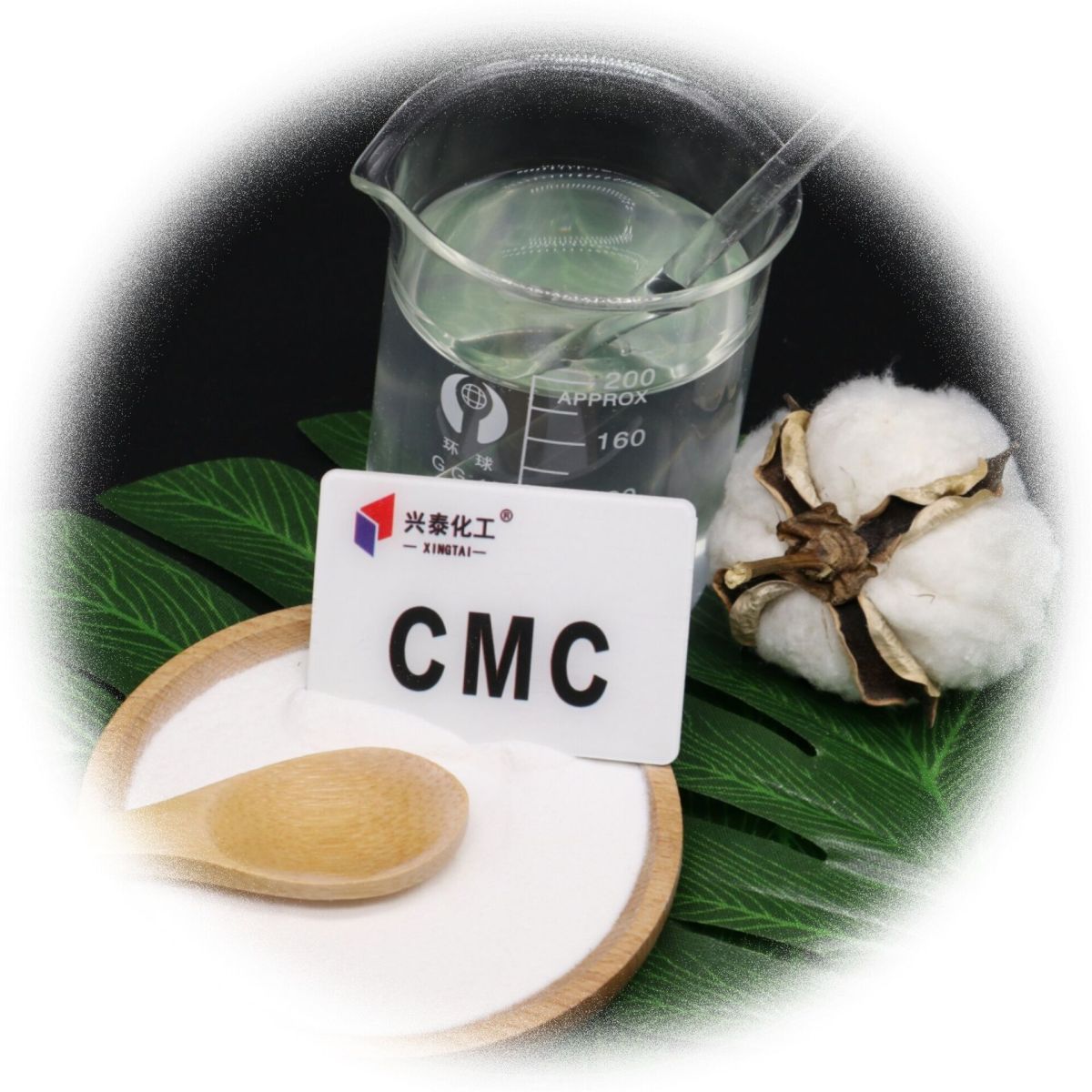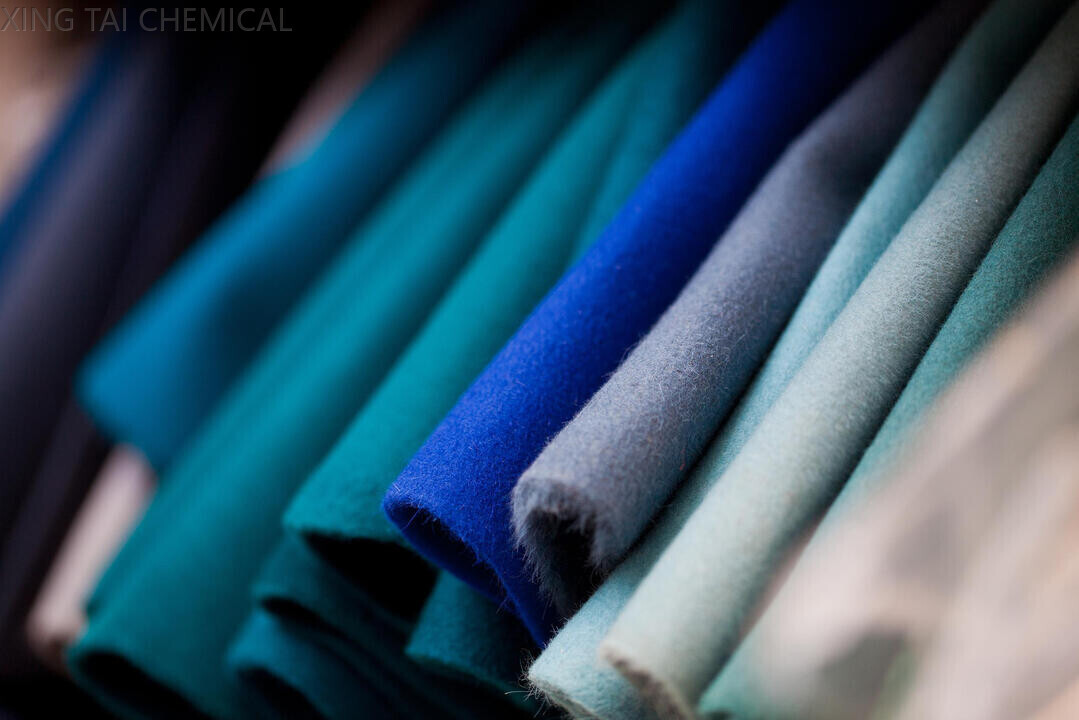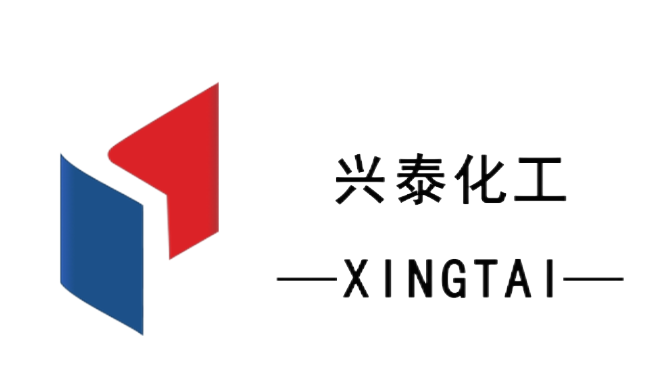CONTACT US
Industrial carboxymethyl cellulose (CarboxymethylCellulose, abbreviated as CMC) is an important functional cellulose derivative, widely used in various industrial fields. This versatile material holds a significant position in industries such as oil drilling, papermaking, textiles, food, and pharmaceuticals due to its unique physicochemical properties. With technological advancements and increasing demands for product quality, the demand for industrial CMC continues to grow. This article will delve into the sources, performance characteristics, applications, and role of industrial carboxymethyl cellulose in the textile dyeing industry.

Sodium carboxymethyl cellulose (CMC), an important textile auxiliary, plays an indispensable role in modern dyeing and finishing processes. CMC not only effectively enhances the dispersion and stability of dyes, making colors more vibrant and lasting, but also forms a protective film on the surface of textiles, improving their wrinkle resistance and wear durability.
During the dyeing process, CMC, with its excellent water solubility, can quickly and evenly disperse in the dye bath, forming stable complexes with dye molecules. This effectively prevents uneven deposition of dyes on fabrics, avoiding the formation of color spots and color differences. At the same time, CMC's adhesion ensures that dyes adhere more tightly to fibers, maintaining their vibrant color even after multiple washes.

In addition, CMC has excellent environmental performance. It is non-toxic, harmless, and biodegradable, posing no threat to the environment or human health. In the dyeing and finishing industry, using CMC as an additive not only aligns with modern green production principles but also helps companies reduce wastewater treatment costs, achieving a win-win situation for economic and environmental benefits.
As dyeing and printing technology continues to advance and consumer demands for textile quality grow, the application areas of sodium carboxymethyl cellulose in dyeing and printing textiles are also expanding. From traditional natural fibers such as cotton, linen, and silk, to modern synthetic and blended fibers, CMC can demonstrate its unique advantages and effects. In the future, with ongoing research and innovation by scientists, the performance of CMC will further improve, and its applications in the dyeing and printing textile industry will become even more extensive and profound.
Get real-time quotes
Interested? Leave your contact details.
